blog
20th Anniversary Issue: Jason Houston
As part of F-Stop Magazine’s 20th anniversary celebration we invited past featured photographers to share with us some thoughts and reflections. We asked each photographer to consider how their photographic work has changed over time, how the changes in photography over the past 20 years may have affected or influenced that change, and to share what they are up to most recently.
By Jason Houston
www.jasonhouston.com
I’ve been working in one way or another as a photographer for over 30 years. When I started it was a lot about knowing how to use a camera. Equal parts technique and art. Digital changed that, of course, allowing just about anyone to make a photograph. Navigating that reality as it has evolved over time has also been my evolution.
The first pivot was to quality over quantity. Rather than compete with the basic need for photography (and all the new people who could provide it) I focused on flagship projects. I left the work-a-day jobs (that used to pay the bills) for the newcomers and emphasized gigs where my experience was more valuable and I could provide what the average photographer had not yet figured out. The number of clients and volume of work decreased but paid more. It was a net benefit … and the work was more rewarding.
Similar to the first pivot, the second was focusing even more and specializing on specific subjects. As the shorter learning curve of digital got even shorter and produced more and better photographers, distinction became less about the quality of photograph itself and more about all the squishier things we can bring to image making … background on the themes and subjects, experience communicating specific activities and situations visually, building relationships with the people we photograph, learning languages, and how the process itself (gear choices, travel practices) etc. affects it all. This led to even more meaningful work, with some of the best opportunities even coming in out of the blue. One life-changing assignment was my first for Science Magazine where a friend of a friend heard that the photo editor, Bill Douthitt, needed someone with a particular and balanced perspective on the intersections of cultural and environmental issues for a story on isolated tribes in the Amazon. The people I met (especially Chris Fagan of Upper Amazon Conservancy) and places I fell in love with (the Alto Purús) on this story led to a decade-long, award-winning, and still ongoing personal project, LAST WILDEST PLACE, on cultural diversity and indigenous sovereignty for remote communities in Southeastern Peru. Some of those images are included in this post.
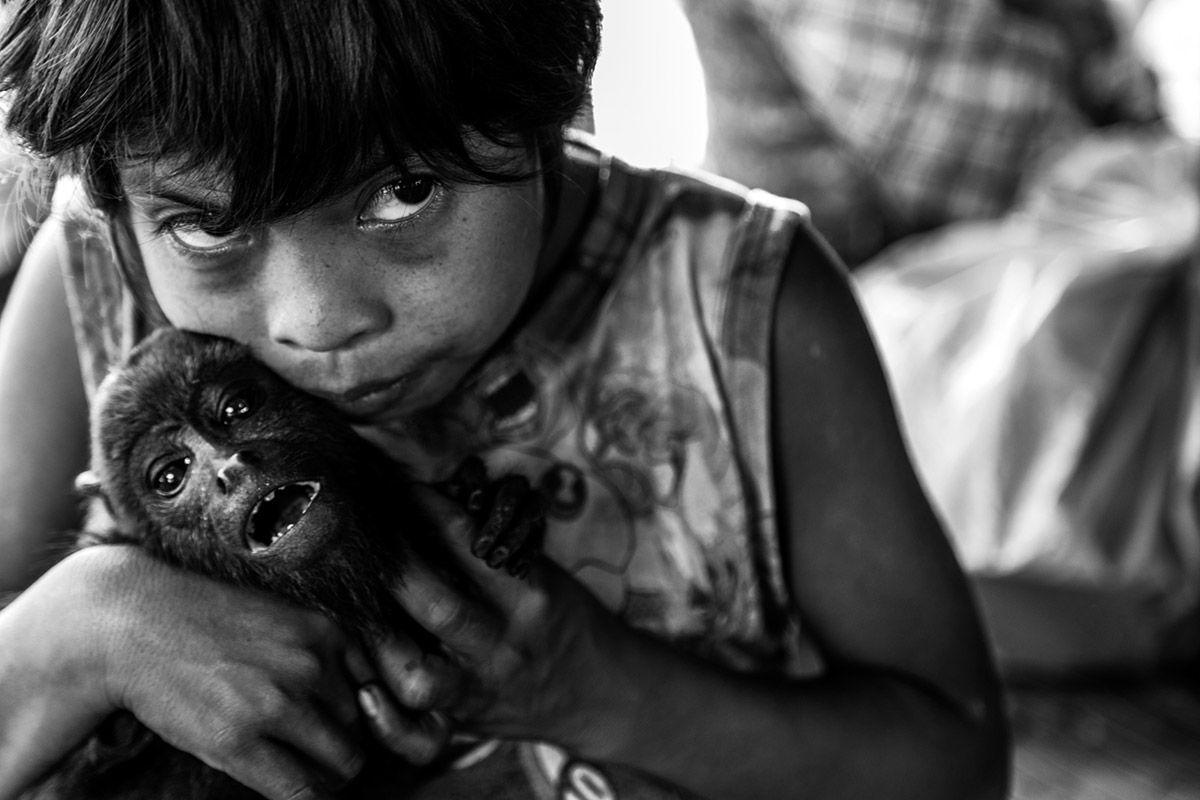
Miluska with pet howler monkey in Nueva Victoria II, Yurúa River, Ucayali Province, Peru. Miluska’s Chitonahua tribal group lives in initial contact in their own community of Nueva Victoria II. named after the Ashaninka community of Nueva Victoria where they first settled after contact.
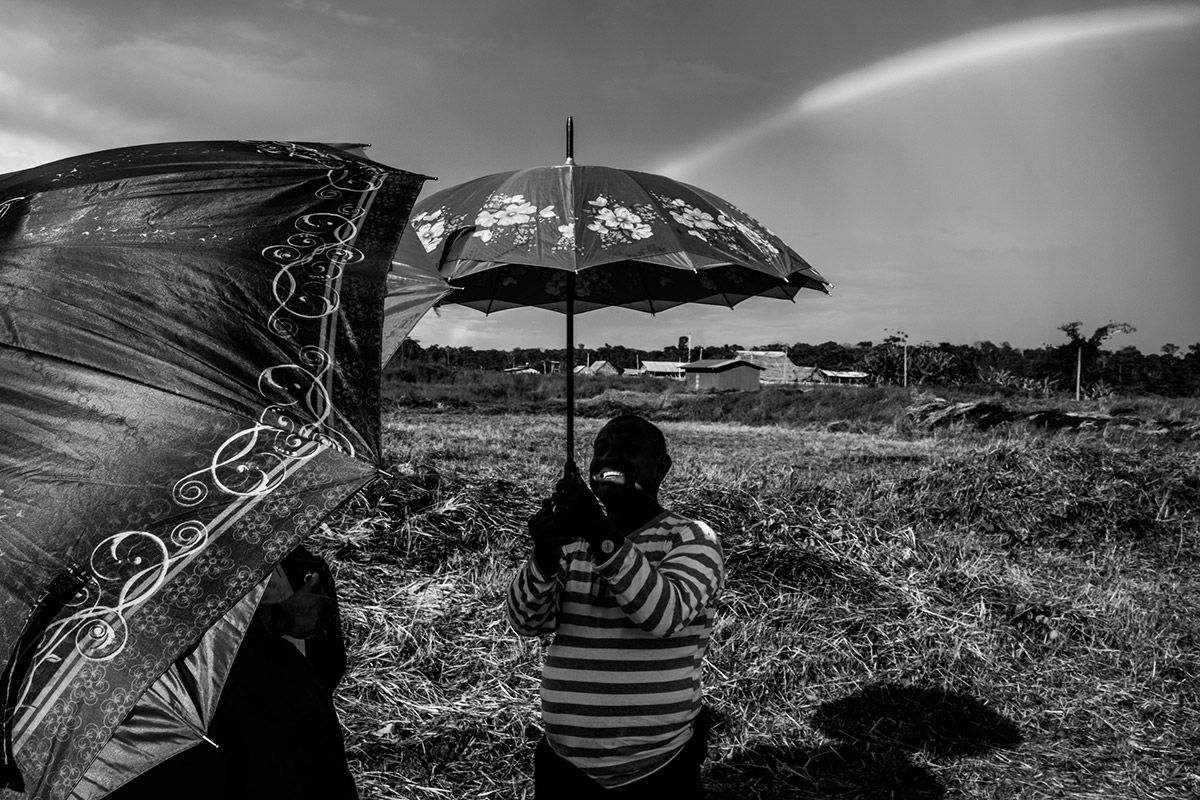
Waiting on the plane in Puerto Esperanza, Peru. Located in a remote southeastern corner of Peru against the border with Brazil and surrounded by protected areas, Puerto Esperanza is both isolated as well as a hub for goods and services for the even more remote indigenous communities in the Alto Purús region.
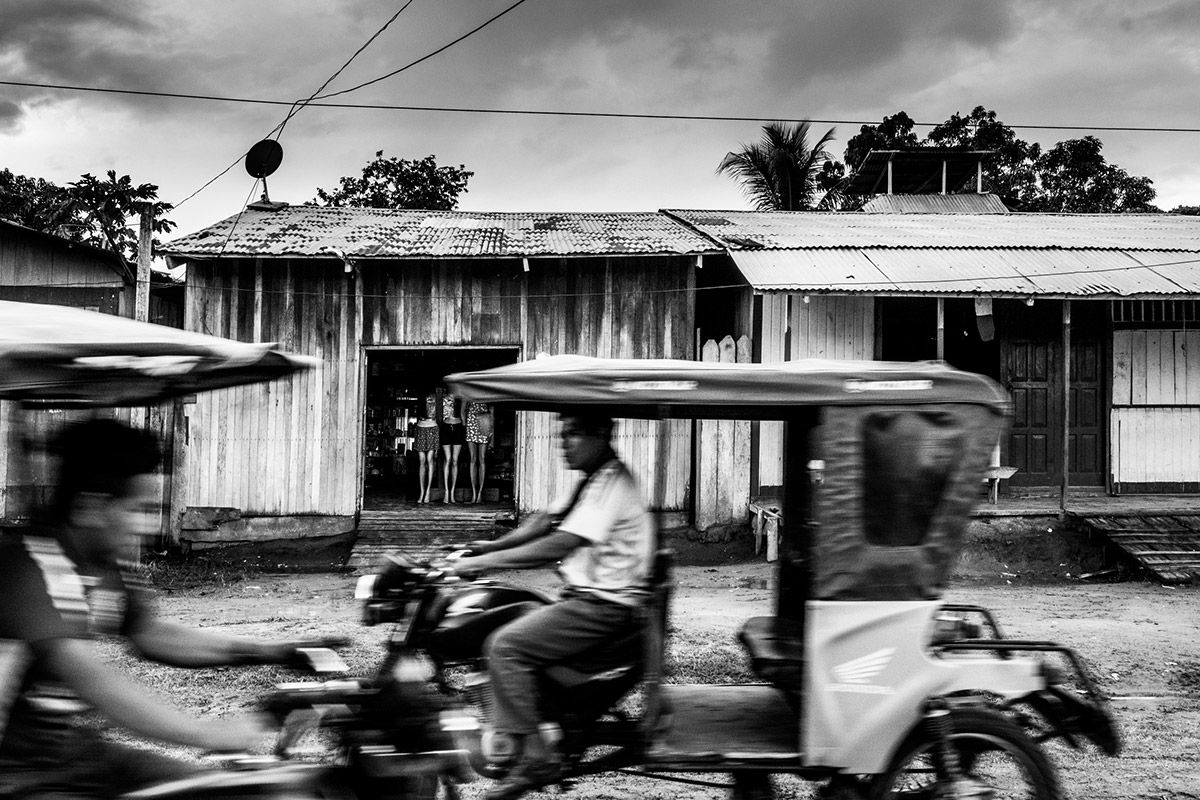
Evening traffic in front of some small shops in Puerto Esperanza, Peru. The larger of the remote towns like Puerto Esperanza are the weak bridge between the even more remote indigenous villages and the rest of the world. They have mediocre healthcare, remedial education, infrequently replenished and limited provisions, few economic opportunities, and usually at least several western religious denominations vying for their souls. Some connect to the outside world by incomplete roads, others by rivers so long and so winding that travel on them is measured in days or even months, and distances determined by ‘turns’ instead of kilometers. The 1500 people in Puerto Esperanza connect to their nearest urban neighbor, Santa Rosa in Brazil, via several days by boat down the Purús River. Some of the goods that stock the few small stores here come from Santa Rosa, though most come in on the much more expensive (and are more expensive because of it) chartered flights from Pucallpa.
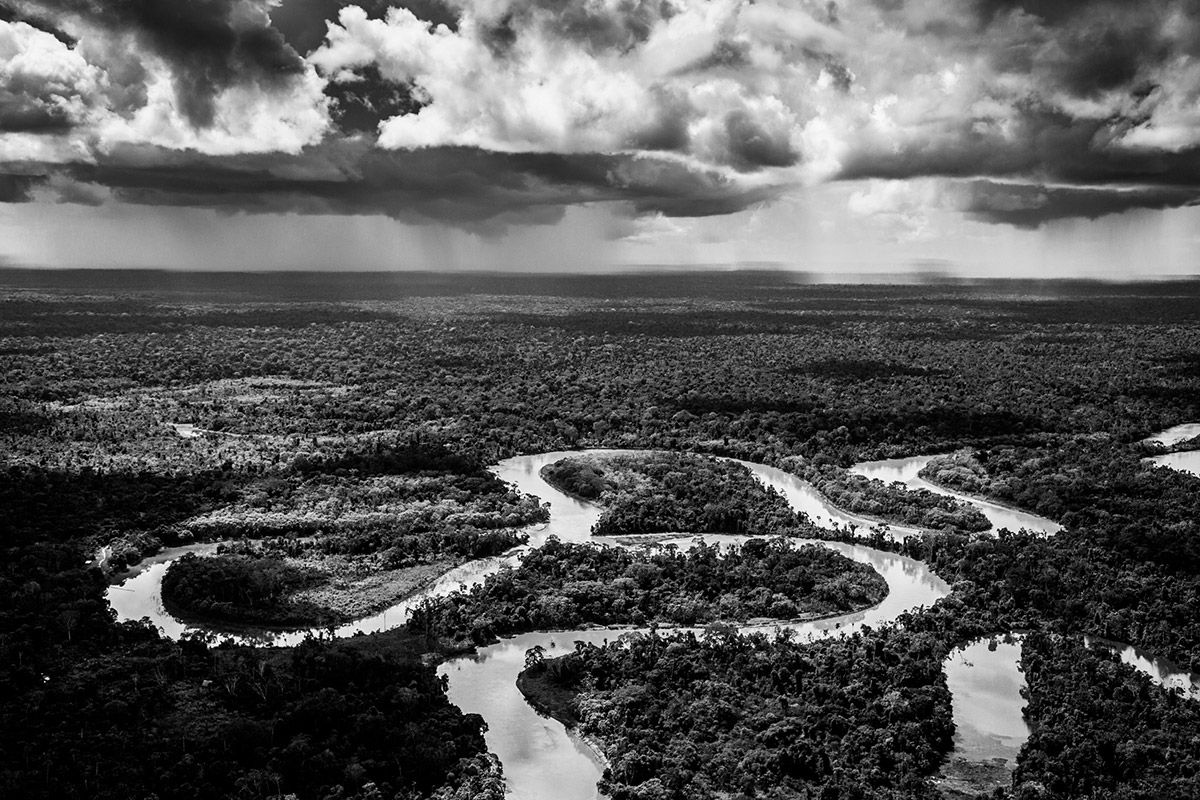
Aerial view of an approaching storm over the vast roadless forests of the Alto Purús region in Peru. The Purús/Manu complex in southeastern Peru including two national parks, multiple indigneious reserves, and other protected areas is one of the most remote, inaccessible, and important areas of the Amazon, where still-intact ecosystems provide sustenance for indigenous communities and is home to some of the last isolated “uncontacted” tribes on earth. Photographed from a low-flying, single engine airplane.
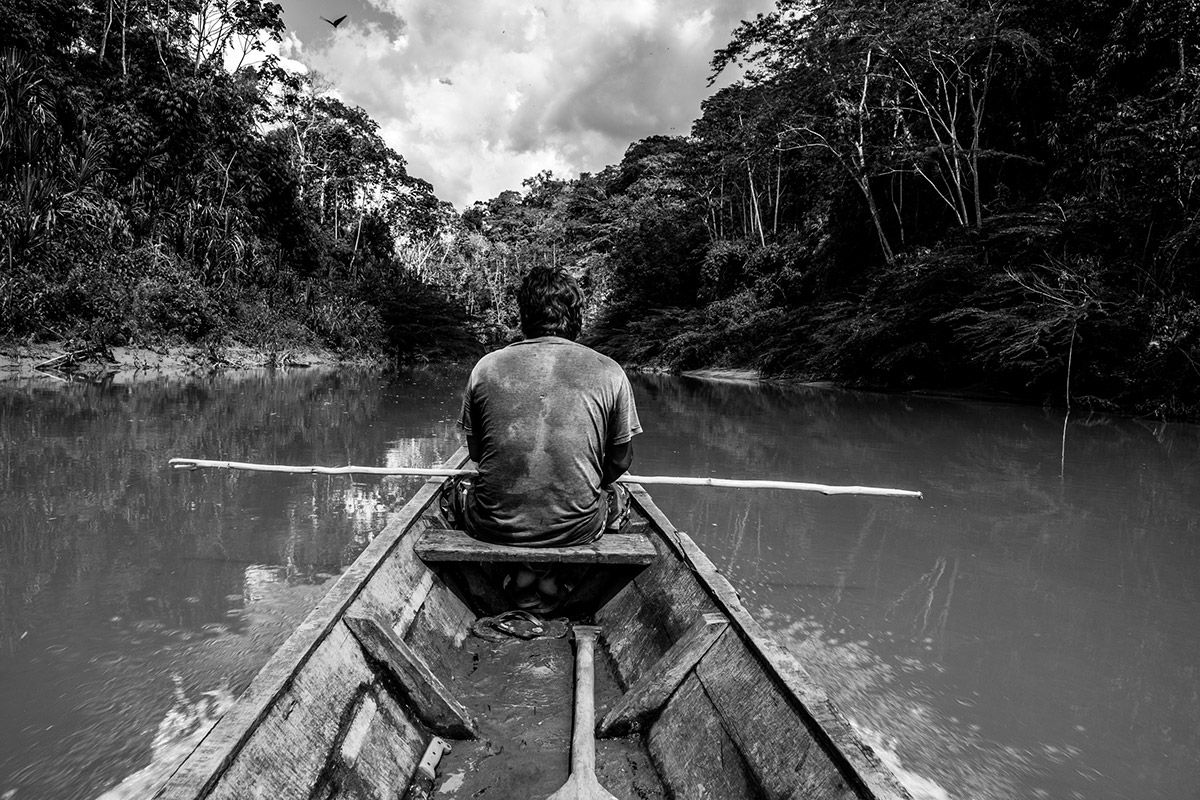
Linder Miques Viquia, Sepahua Community Vigilance Committee Member patrolling the upper Sepahua River, Peru where illegal land grab schemes are leading to rapid deforestation threatening the indigenous communities and unparalleled biodiversity of multiple critical protected areas.
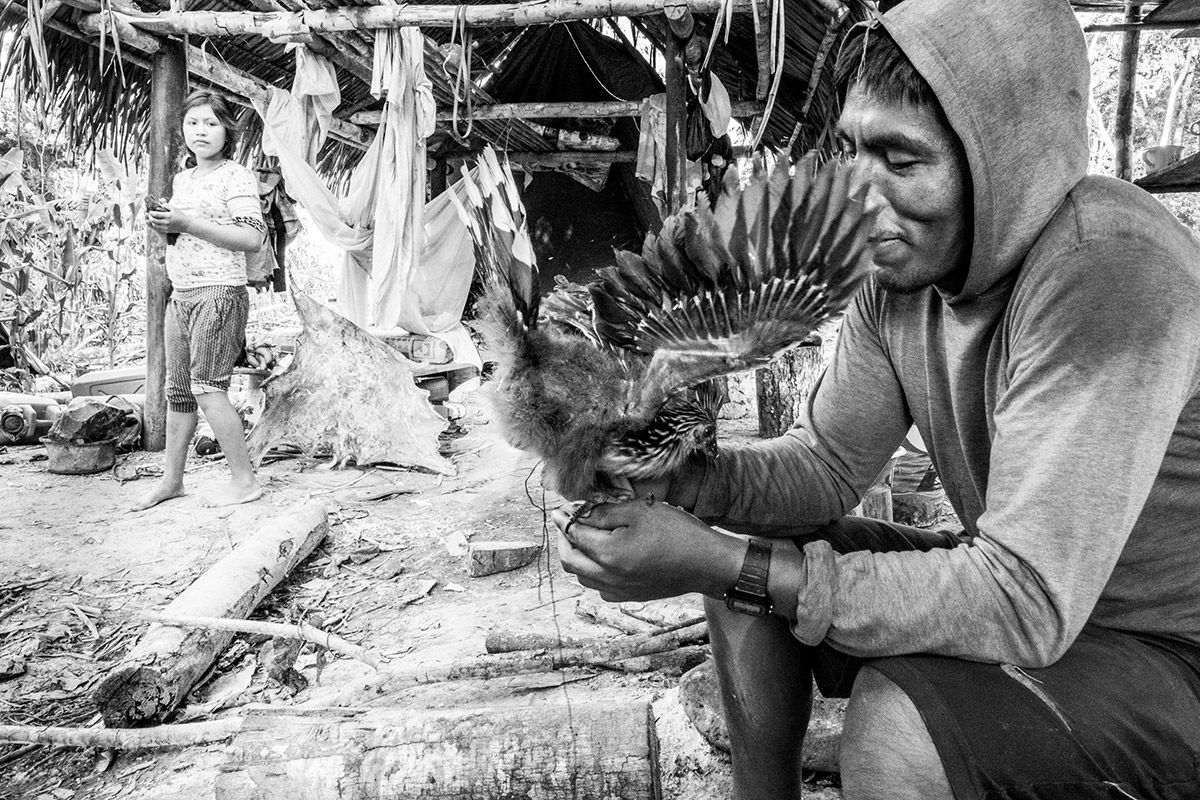
Carlitos (name unverified and likely false) and his family are new arrivals from the coca-growing highlands to the west and are moving in on land illegally invaded and freshly cleared for agriculture on the upper Sepahua River, Peru. These plots, increasing in numbers almost daily, are illegal, unknown and unrecognized by officials, and mostly for small farms that appear to be fronts for growing coca deeper in the forests.
My most recent pivot comes again from the idea that ‘now anyone can make a photograph’ as well as my own personal reflections—turbocharged by the pandemic shutting down the travel necessary for an international photojournalist—on the ethics of our industry as a whole. Without opening THAT debate here, I’ll just say that issues of representation, equity, authorship, and addressing deeply and dangerously embedded systemic hierarchies in who controls a narrative have become central to my work.
As a result, some of our recent projects (all of my work is now done together with my life and creative partner, Dewi Marquis, who’s work as a filmmaker has undergone similar evolution) now bring together the skills and experience of combined decades of our own work and the value of an outside perspective, with a community-led, collaborative approach to storytelling based on a mandate that local communities have a sovereign voice when sharing their experiences. To date we have facilitated STORY COLLABORATIVE workshops with groups of local photographers in Mozambique, Philippines, Mexico, Peru, Madagascar, Namibia, the U.S., the Rosebud and Pine Ridge reservations of the Sioux and Lakota Nations in what is now called South Dakota, and a First Nations community in Canada exploring issues ranging from land tenure and fisheries to wildlife conservation and the continued vitalization of traditional Indigenous knowledge. The details in each iteration adapt to each new situation, but our overall approach is based on the well-known foundations of participatory programs like Photo Voice but with the contemporary recognition of an ever increasing global visual literacy arising from photography’s overwhelming ubiquity.
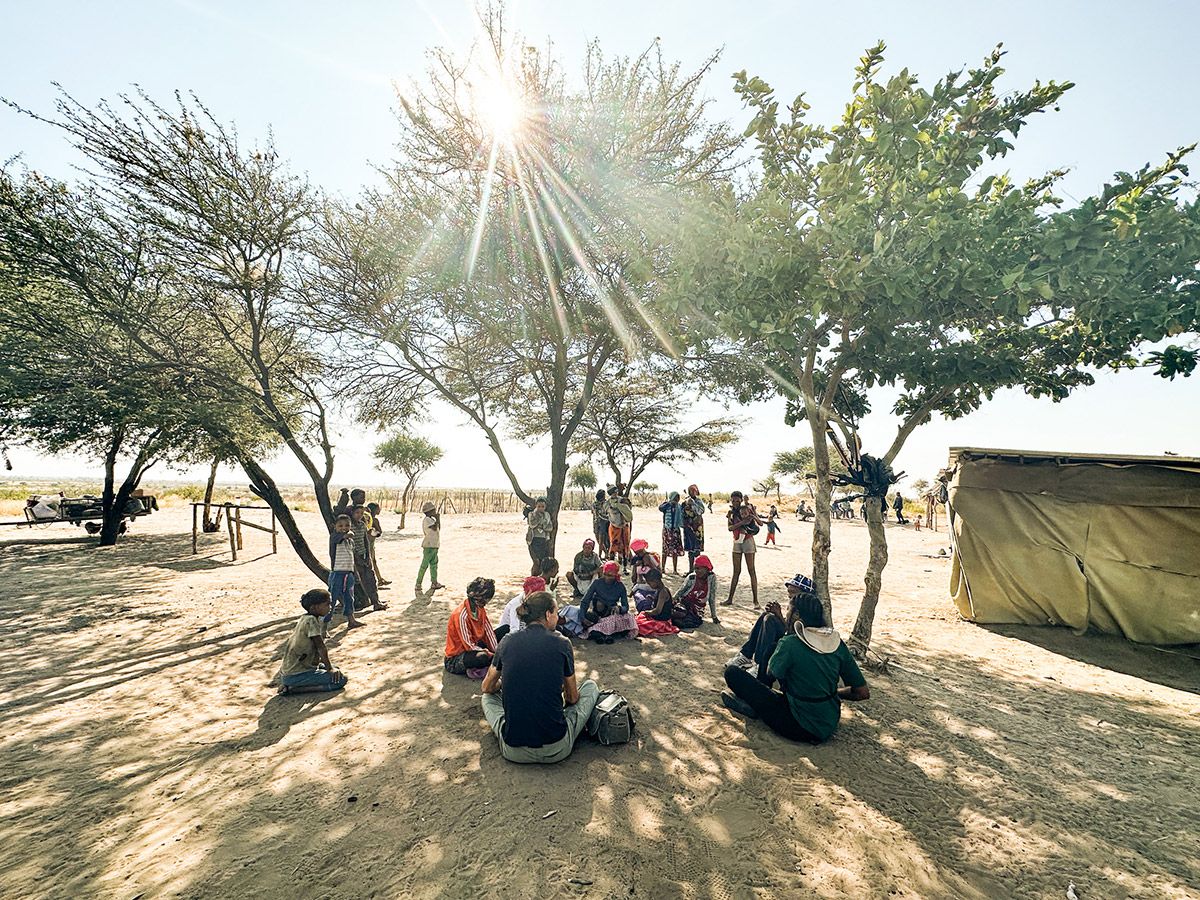
Jason Houston meeting with photographers in Nama Pan Village, Namibia. Photograph by Dewi Marquis
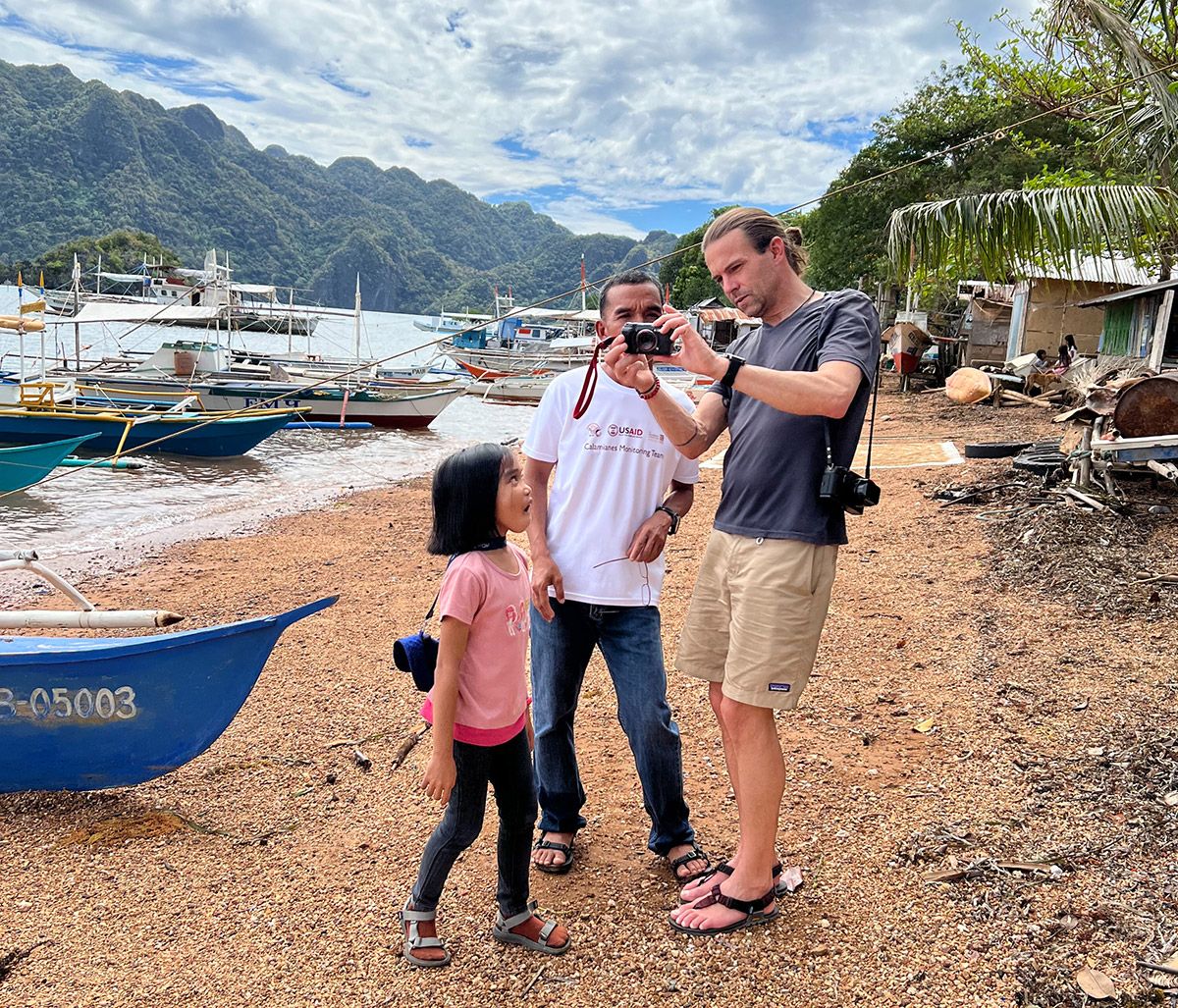
Jason Houston introducing the camera to photographer Jojo Mazo, in Coron, Philippines. Photograph by James Kho
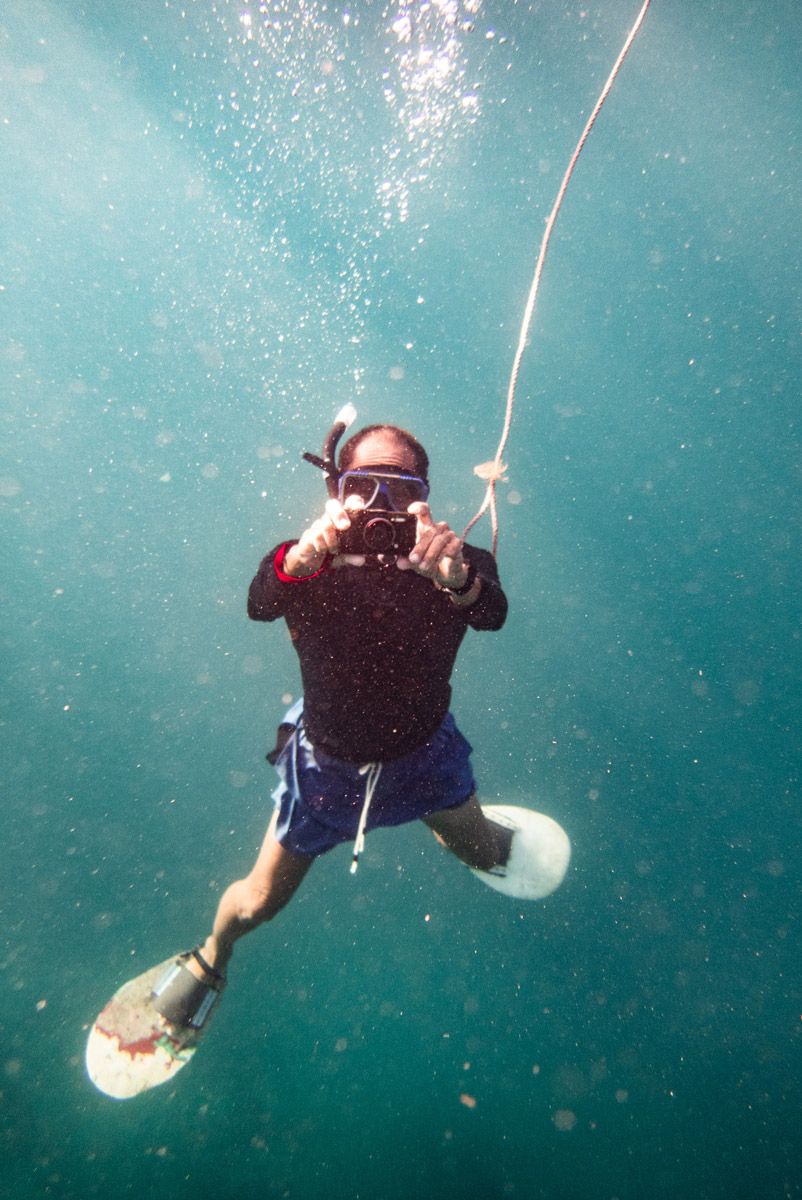
Photographer Elias Ruta photographing underwater at Siete Pecados reef in Coron, Philippines. Photograph by Jason Houston
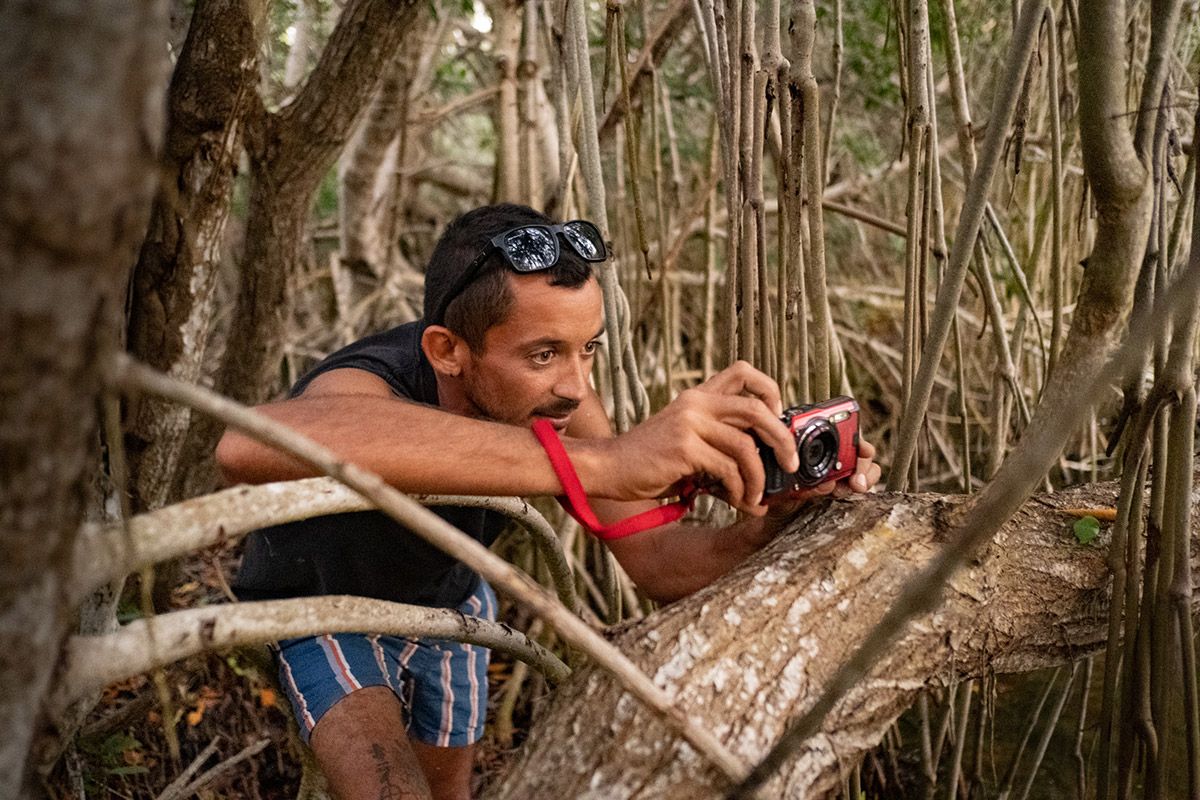
Photographer Darwin Sosa photographing in the evening in the mangroves in Dzilam de Bravo, Mexico. Photograph by Jason Houston
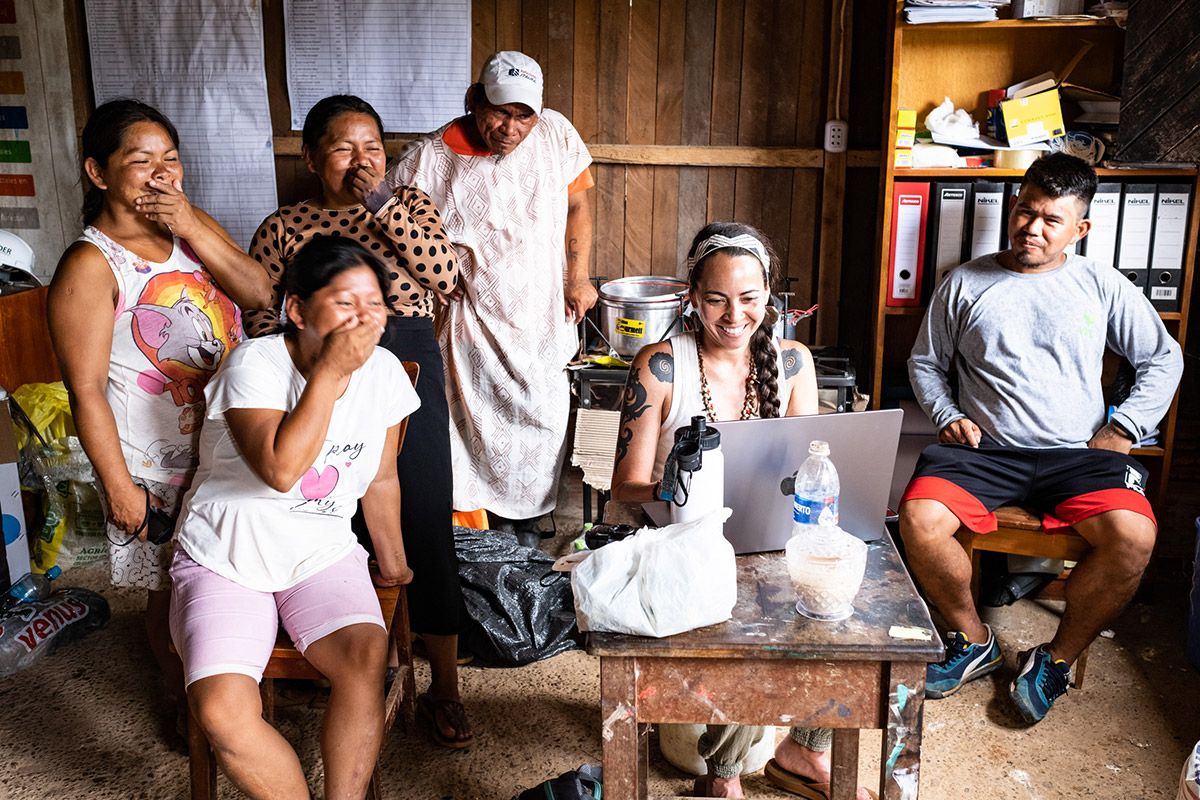
Dewi Marquis editing video with photographers in Sinchi Roca, Peru. Photograph by Jason Houston
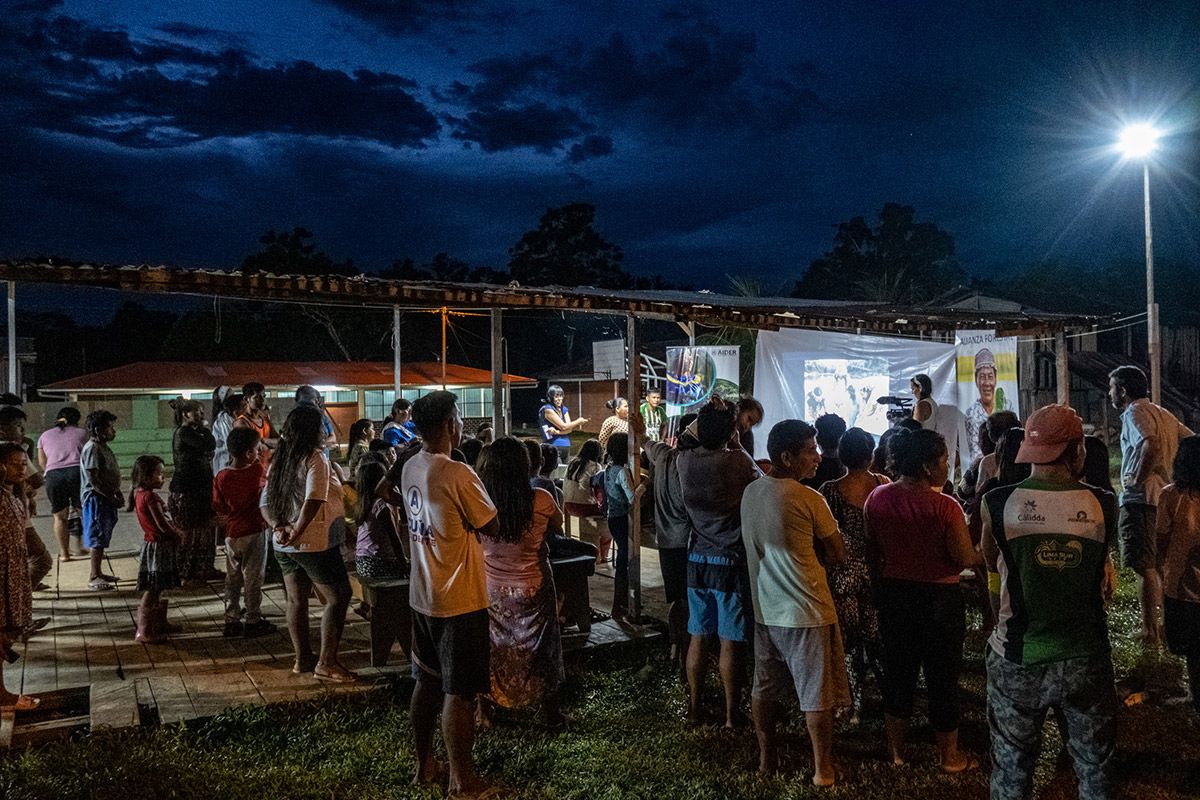
Community slideshow presentation of the photographers’ work in Sinchi Roca, Peru. Photograph by Jason Houston
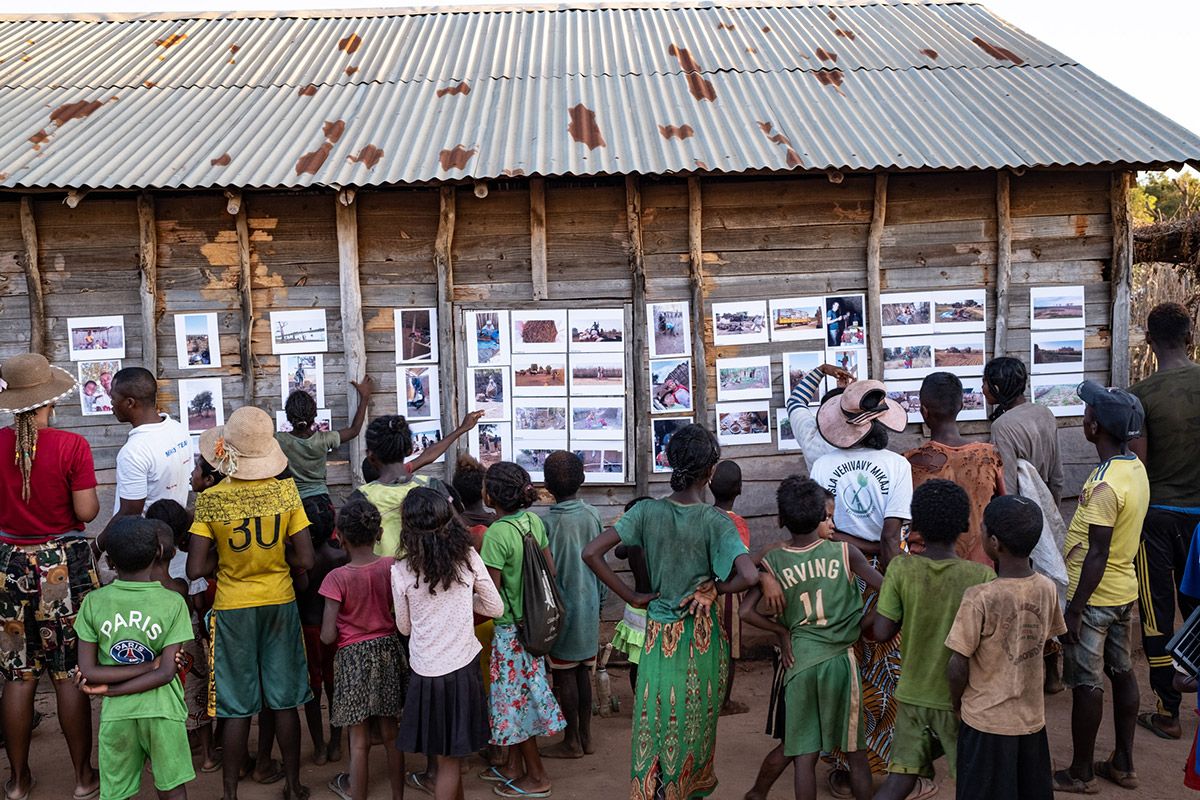
Exhibition of the photographers’ work on the wall of a church in Beraketa Village, Madagascar. Photograph by Jason Houston
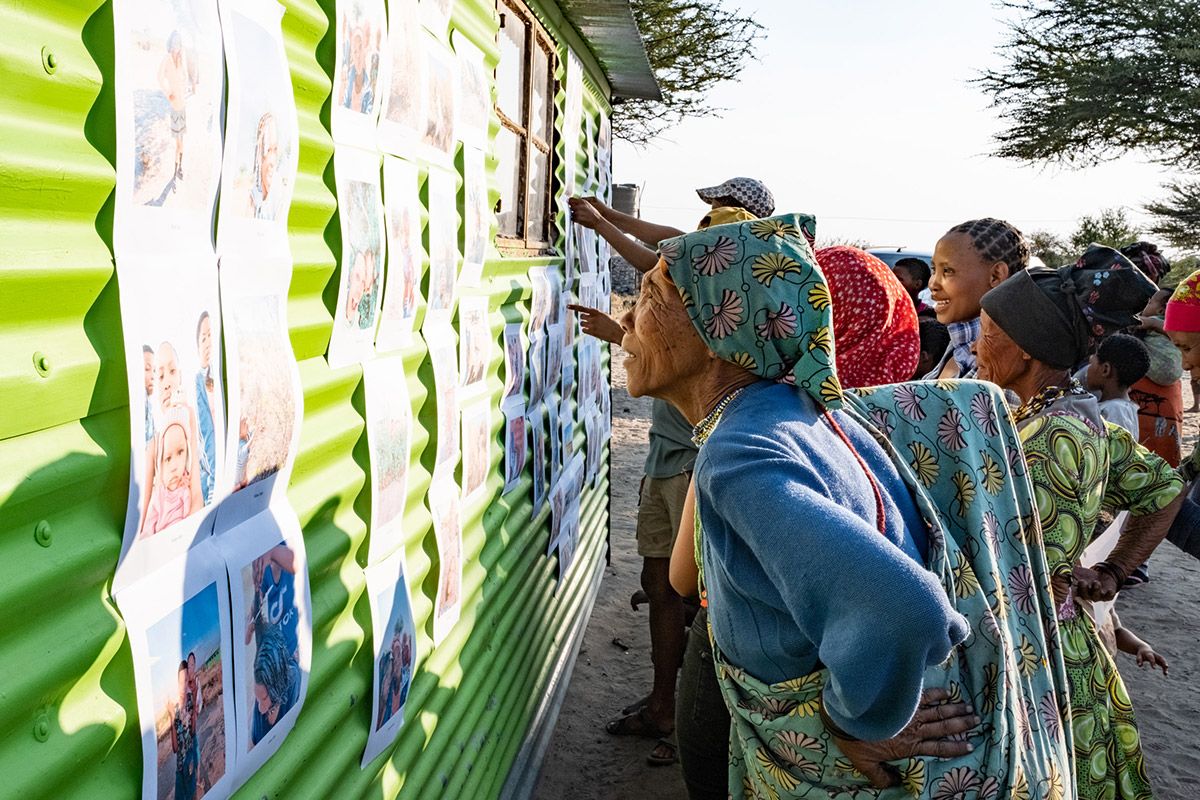
The community viewing an exhibition of the photographers’ work hung on the outside wall of the headman’s house. Photograph by Jason Houston
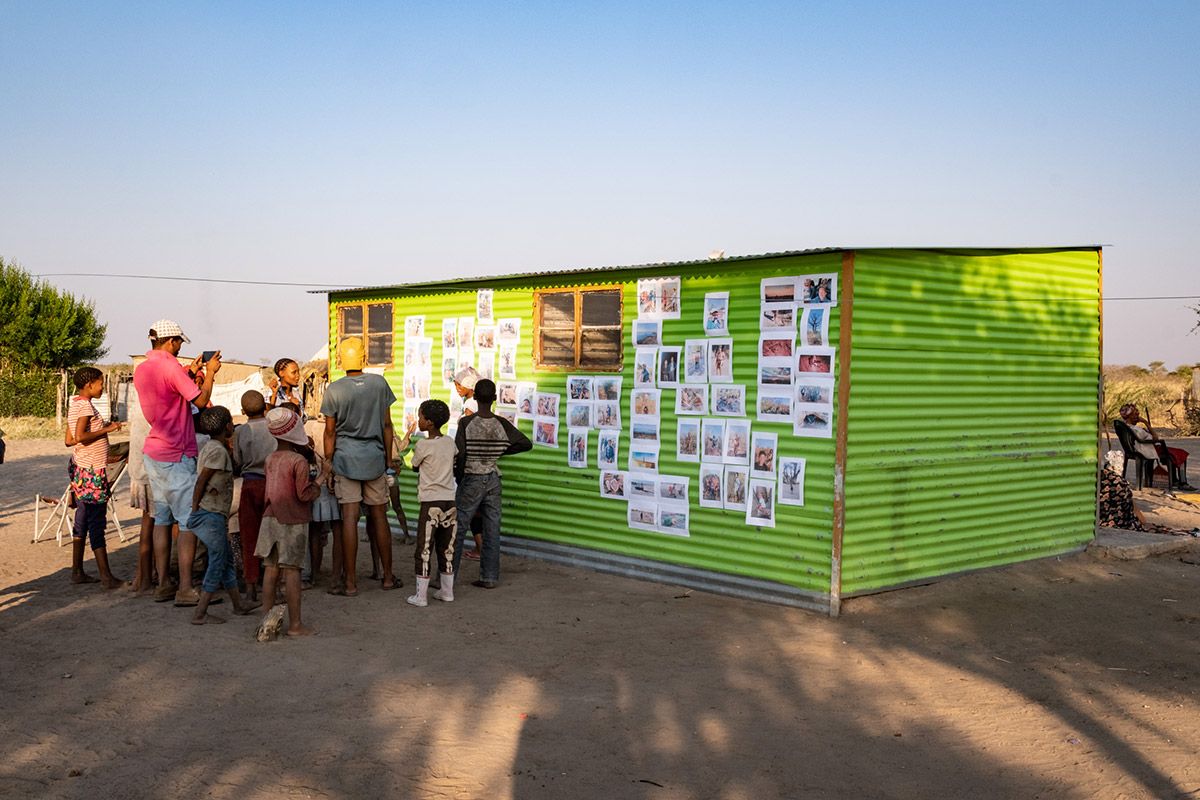
The community viewing an exhibition of the photographers’ work hung on the outside wall of the headman’s house. Photograph by Jason Houston
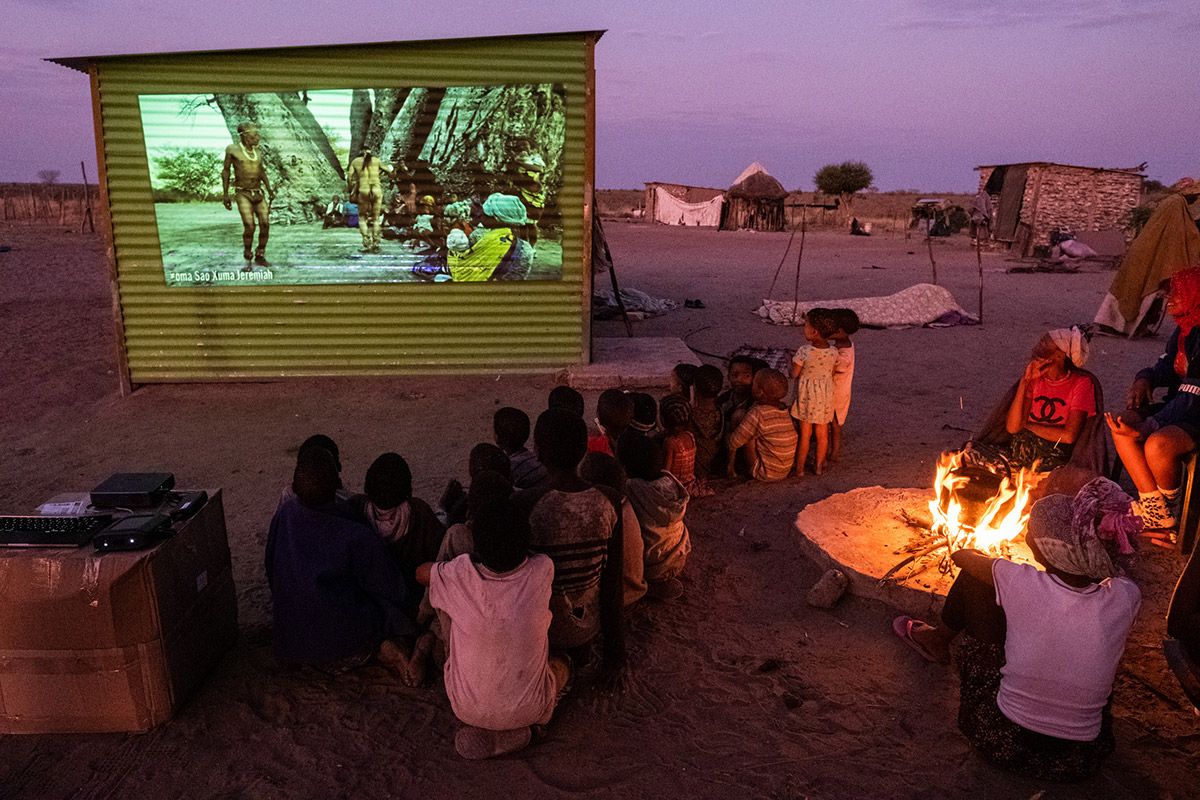
Community slideshow presentation of the photographers’ work in Nama Pan, Namibia. Photograph by Jason Houston
After full careers in assignment photography and film commissions where we were being sent out on behalf of editors and clients to communicate about others for others, our next pivot is just now shaping up. We’ll see where it goes but we know it includes finding that same sovereignty for our own stories and our own work. By shifting our perspectives from telling others’ stories and learning about them, to listening to what they have to say in their own stories and learning from them, we open up collaborative spaces where we dialogue instead of lecture. And where we can all benefit from the continued evolution of a collective understanding and sharing of how we live on the planet and with each other.
Events by Location
Post Categories
Tags
- Abstract
- Alternative process
- Architecture
- Artist Talk
- artistic residency
- Biennial
- Black and White
- Book Fair
- Car culture
- Charity
- Childhood
- Children
- Cities
- Collaboration
- Community
- Cyanotype
- Documentary
- Environment
- Event
- Exhibition
- Faith
- Family
- Fashion
- Festival
- Film Review
- Food
- Friendship
- FStop20th
- Gender
- Gun Culture
- Habitat
- Hom
- home
- journal
- Landscapes
- Lecture
- Love
- Masculinity
- Mental Health
- Migration
- Museums
- Music
- Nature
- Night
- nuclear
- p
- photographic residency
- Photomontage
- Plants
- Podcast
- Portraits
- Prairies
- Religion
- River
- Still Life
- Street Photography
- Tourism
- UFO
- Water
- Zine

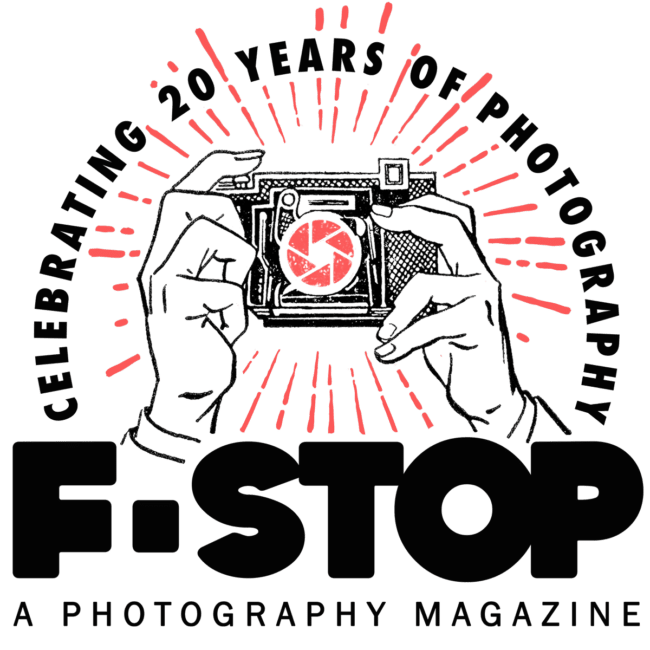
Leave a Reply